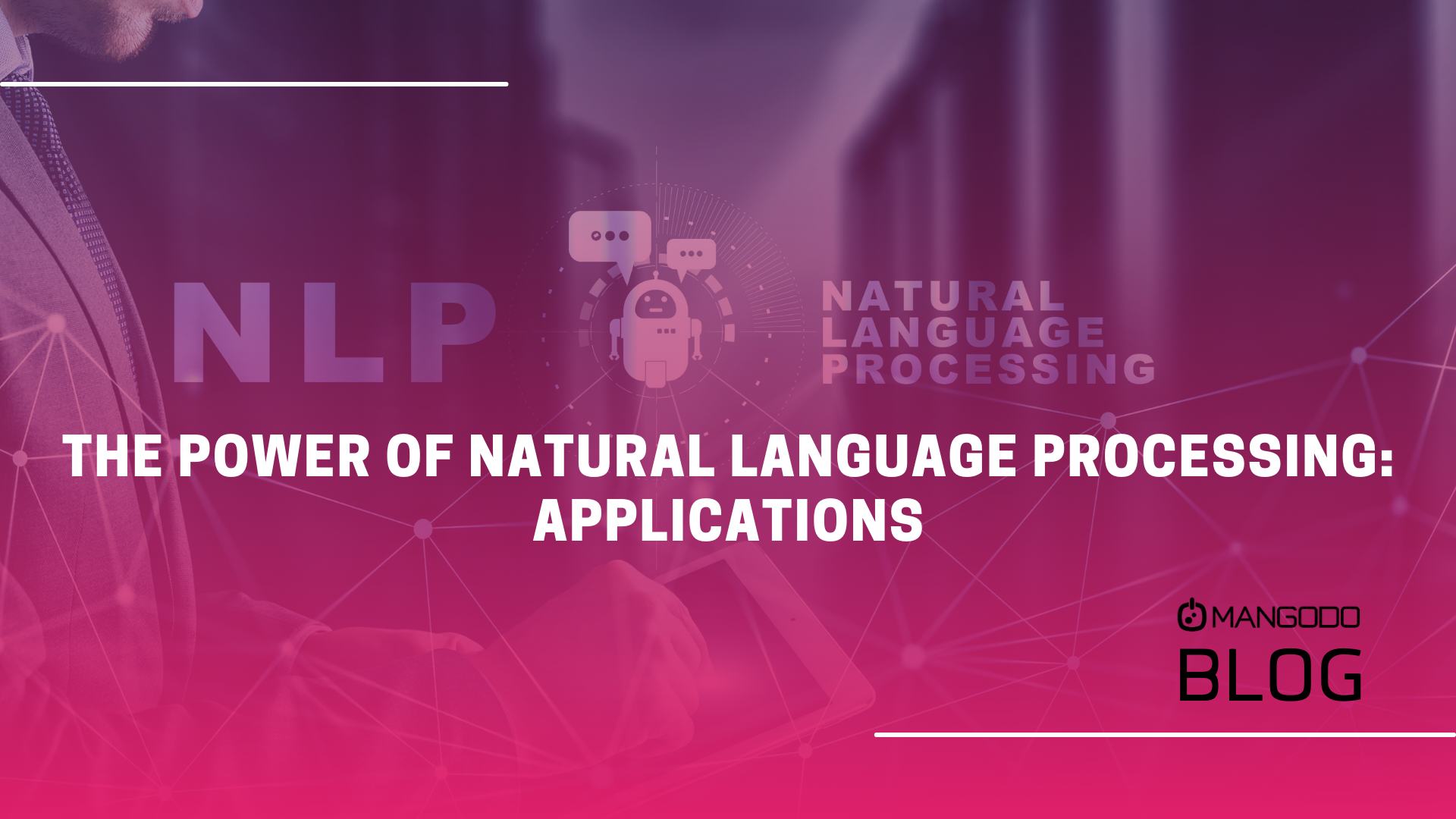The Power of Natural Language Processing: Applications
Natural Language Processing (NLP) is a fascinating subfield of artificial intelligence that focuses on enabling machines to understand, interpret, and generate human language. As NLP technology advances, its applications continue to grow and diversify. In this blog post, we'll explore the power of NLP and the myriad applications that are transforming the way we interact with technology and data.
Understanding Natural Language Processing
NLP is the bridge between human language and computer algorithms. It involves teaching machines to understand and generate natural language text or speech, a task that humans excel at but has been challenging for machines. NLP encompasses a wide range of technologies, including sentiment analysis, language translation, chatbots, and more.
Applications of Natural Language Processing
-
Sentiment Analysis:
Sentiment analysis, also known as opinion mining, uses NLP to determine the emotional tone in text data. Companies use sentiment analysis to gauge public opinion on their products or services by analyzing customer reviews, social media comments, and more. This helps in improving products and customer service. -
Language Translation:
NLP has revolutionized language translation. Services like Google Translate use NLP algorithms to provide real-time translations between multiple languages, making international communication more accessible. -
Chatbots and Virtual Assistants:
Chatbots and virtual assistants like Siri and Alexa use NLP to understand spoken or written language, enabling them to answer questions, perform tasks, and provide information, making daily life more convenient. -
Customer Support and FAQs:
Many companies use NLP to power their customer support chatbots, providing users with immediate responses to common queries. This technology also helps in generating frequently asked questions (FAQs) and knowledge bases. -
Information Retrieval:
NLP is behind search engines like Google, which employ complex algorithms to understand the context of search queries and provide users with the most relevant results. -
Text Summarization:
NLP can automatically generate summaries of lengthy texts, helping users quickly grasp the main points of an article or document. This is particularly useful for research, news, and content curation. -
Language Generation:
NLP can be used to generate human-like text. Content creators use it for producing articles, marketing materials, and even creative writing. It's also valuable for personalized product recommendations. -
Speech Recognition:
Voice assistants and speech-to-text applications like dictation software use NLP to convert spoken language into text, facilitating communication and productivity. -
Language Model Training:
NLP models like GPT-3 are being trained to generate human-like text, facilitating a wide range of applications, from content creation to code generation. -
Healthcare:
NLP is used for analyzing medical records, radiology reports, and clinical notes to extract information and assist in diagnosis and treatment recommendations. -
Legal:
NLP is applied in the legal field for contract analysis, e-discovery, and legal research, helping legal professionals manage and understand large volumes of text data. -
Finance:
NLP is used for analyzing financial news, reports, and social media sentiment to inform investment decisions and predict market trends. -
Education:
NLP is applied in personalized learning platforms to assess and adapt to students' needs, provide feedback, and create customized educational content.
Natural Language Processing is a transformative technology that has revolutionized the way we interact with computers and data. Its applications are vast and continue to expand as NLP algorithms become more sophisticated and capable. From improving customer service to automating content creation and aiding in healthcare and legal research, NLP has demonstrated its potential to enhance numerous aspects of our lives and industries. As NLP technology evolves, its power to understand and interpret human language will only become more integral to our digital world.
